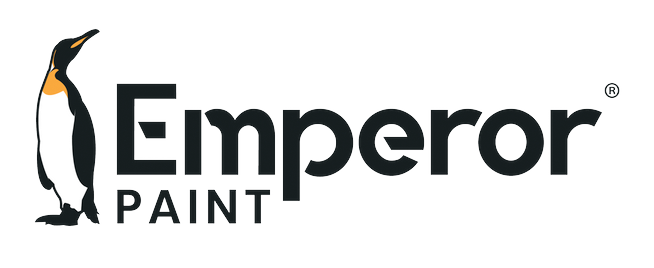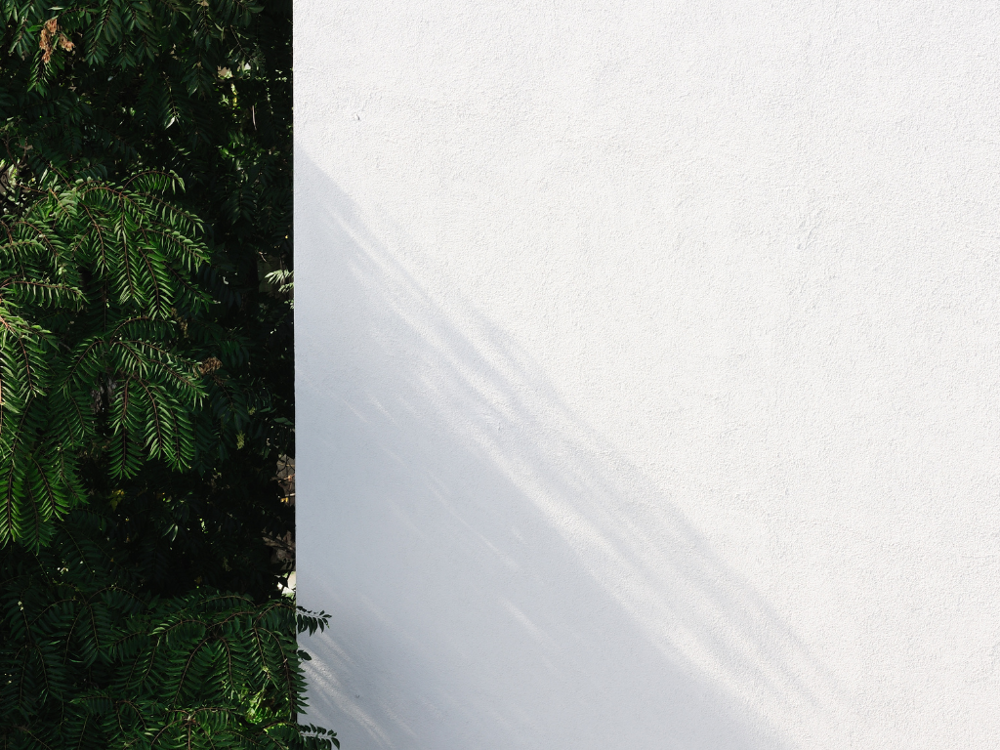
Textured masonry paint is something that we are commonly asked about. What it is, when to use it and what is the best one to use are all things homeowners often ask us, which is why we have put together this ultimate guide to textured masonry paint, so you can find all the answers to these questions and much more.
What Is Textured Masonry Paint?
The term textured masonry paint refers to a paint that is designed for use on exterior masonry surfaces, including brick, stone and render that creates a non-smooth finish. Generally, smooth masonry paint is the typical choice when it comes to painting exterior walls, however textured masonry paint is used on properties when a smooth masonry paint either isn't suitable or if a textured finish is desirable.
Textured masonry paint generally comprises of a smooth masonry paint base with added grit such as very small stones. This provides the textured masonry paint with a fine textured surface, which is effective at covering any small blemishes that smooth paint may not be able to hide.
There are some that believe that textured masonry paint is more durable than a standard masonry paint, however there is little evidence to substantiate this. Generally, textured masonry paints are simply an aesthetic preference, helping to mask imperfections and create a fine textured finish.

Can You Create Different Textures?
In the UK, our homes have various textures and finishes, ranging from smooth renders up to rough textures such as pebbledash. When these surfaces develop cracks and other defects emerge, repairing the textured surface can lead to an uneven finish as the repairs don't always match the existing wall.
Unfortunately, textured masonry paint generally comes in a fine texture. Furthermore, as a paint, textured masonry paints need to be applied at a set coverage rate, meaning they can only create one finish.
This means that it can often be difficult to match any existing textures to the new textured masonry paint that is being applied, leaving uneven surfaces.
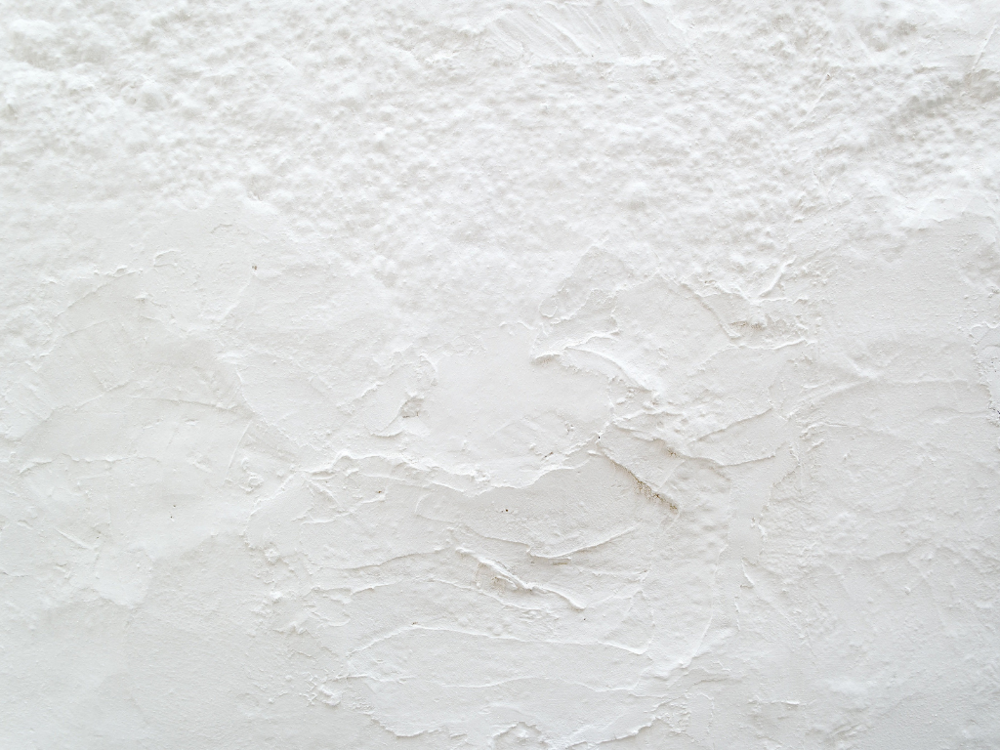
Due to this inability to create different finishes, newer, more advanced systems have been made to create the next generation of textured masonry products.
We developed Emperor Textured Basecoat to provide complete flexibility to create a range of textured finishes so you can create one uniform finish on your exterior walls.
The key difference between Emperor Textured Basecoat and a standard textured masonry paint is that it is specifically designed to create textures, while a textured masonry paint is a smooth masonry paint with additional content to create a texture. The result is that is any number of textures can be created depending on how you apply it.
We have developed three versions of our textured rollers; a smooth roller that creates a fine finish, a medium roller that creates a semi-smooth finish and a rough roller for creating a high-build texture such as a roughcast. You can also apply the basecoat using a brush, allowing you to customise the texture you create with more control.
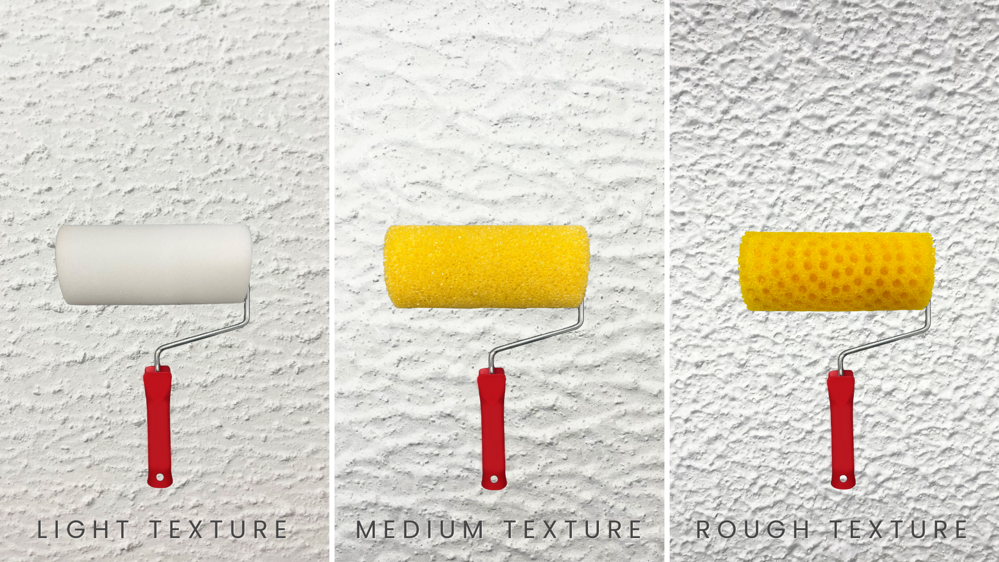
The other key difference between Emperor Textured Basecoat and a standard textured masonry paint is that Emperor Textured Basecoat is designed to be applied directly to surfaces and then overcoated with any smooth masonry paint. This provides greater flexibility to use your chosen masonry paint without compromising on colour or performance. You can apply our cutting-edge Emperor Masonry Paint or any other masonry paint directly to the basecoat once dry.
A big problem many people face when repairing render that has become damaged is the time it takes to dry. Once render is applied, it can take up to a month to fully dry before you can paint the surface. Even once dry, the render may not match the original surface, requiring further preparation. Emperor Textured Basecoat can be overcoated by the next day, saving you time as well as money as anyone can make repairs themselves no matter the experience level.
As with many standard masonry paints on the market today, many textured masonry paints do not have high breathability, meaning they can trap moisture and contribute towards damp and general deterioration of the wall. Ensuring your exterior walls remain breathable is essential for properties of all ages, but especially older properties that can be particularly prone to moisture-related issues. That is why Emperor Textured Basecoat has been developed to be highly breathable with an SD value of 0.04, meaning your walls are not sealed and can naturally breathe.
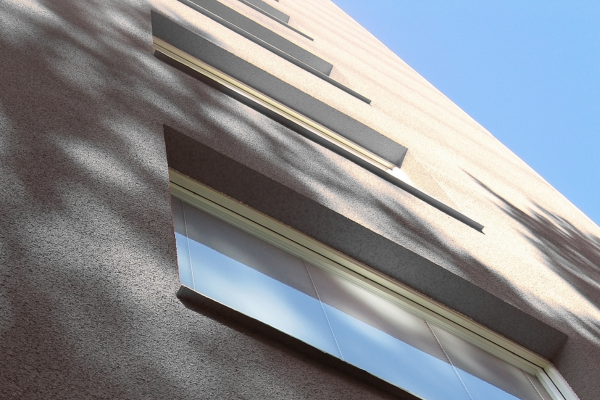
How To Apply Emperor Textured Basecoat
There are a number of steps to ensuring you achieve long-lasting results. Here is our experts step-by-step guide to applying Emperor Textured Basecoat from start to finish.
YOU WILL NEED
- Masonry Paint
- Emperor Textured Basecoat
- Masonry roller (long-pile roller)
- Textured roller
- Paint tray or scuttle
- Paint brush
- Dust sheets
- Window film
- Masking tape
- Exterior filler & filling knife (may be required)
- 120 grit sandpaper
- Scraper (may be required)
1. PREPARATION
Preparation is the most important aspect of exterior decorating. Many people rush this stage in favour of applying the paint as soon as possible, however if you paint a surface that isn't prepared properly, the paint simply will not perform as designed. Preparation ultimately is about ensuring the surface is clean, dry and sound.
The first part of the process is to make any repairs to the surface. Any cracks, holes or areas of the wall that are not fully sound need to be filled. Cracks that are smaller than 0.5mm will be covered by Emperor Textured Basecoat, however any cracks larger than this must be filled using a good-quality exterior filler such as Toupret Masonry Repair Filler. Simply fill the masonry by working the filler back and forth into hole or crack and allow to fully dry. Once dry, sand the filler back to even the surface.
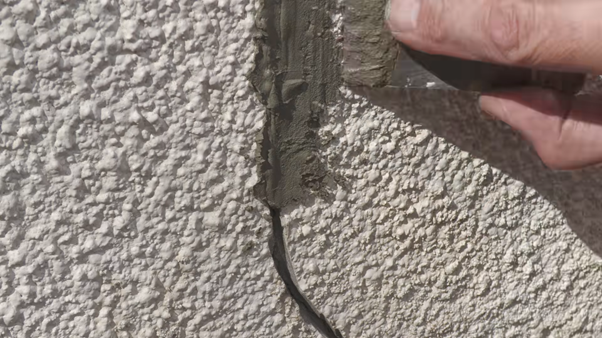
If the surface has been previously painted, removing any failing paint is important to ensure the new paint can adhere properly. This can be removed using a scraper or a wire brush. Any paint that is still soundly adhered to the wall does not need to be removed.
The next step in preparing exterior walls is to clean them. Start by washing the walls down to remove surface-level dirt. This can be done using a hose-pipe, pressure washer (on a low pressure) or a brush and hot soapy water.
Once allowed to dry, on any areas that show organic growth apply a fungicidal masonry cleaner such as Emperor Masonry Cleaner. This kills the fungus ensuring it won't cause any problems in the future. Simply apply the cleaner with a brush or roller and allow it to dry for a minimum of 2 hours.
At this point apply masking tape along any the edges of the masonry and protect other surfaces to prevent paint splatter.
2. BASECOAT
Once the surface is clean and sound, it is time to apply the textured basecoat. Emperor Textured Basecoat is self-priming so bare, unpainted surfaces do not need to be primed first. Simply apply the basecoat directly to bare or previously painted walls.
Depending on the application method, you can create a range of finishes. The simplest way to apply the basecoat is to use one of our textured rollers.
Simply load the Emperor Textured Basecoat on to your chosen roller and roll it on to the wall. The more times you roll over the same area, the more you will spread the texture and the lighter the texture will be. Ensure you are consistent with how many times you roll the surface to achieve a uniform finish throughout.
You can expect to get a coverage of 350-500g per m², which will depend on the level of texture you are applying. For a guide, an 8kg tub will cover up to 16m2. Once applied, allow to dry for 24 hours at 20°C or slightly longer at lower temperatures.
If you can't achieve the level of texture you require on the first coat, you can apply a second coat if you would like. This allows you to build up the texture, which is handy in cases where the repaired areas are deeper than the existing surface.
3. PAINT
Once the basecoat is dry, the next day you can then paint the wall. Before starting ensure conditions are not below 5°C and check the surface is dry, as this will affect the performance of the masonry paint.
You can dilute your first coat of paint with 10% water which makes it easier to apply Emperor Masonry Paint to textured surfaces. Most other paints can be diluted on the first coat also. Starting from the top of the wall, use a paint brush to cut in around the edges of the surface. Once this is done, use your long-pile masonry roller to apply the first coat of paint to the rest of the wall. A long-pile roller is recommended on textured surfaces as this allows you to paint effectively in all of the nooks and crannies within the texture. You could use a medium-pile roller, however this may take more effort to paint the surface.
Ensure you stick to the advised coverage rate when applying paint. On textured surfaces, the coverage will reduce slightly from the stated coverage rate, as this is often based on smooth surfaces. Emperor Masonry Paint for example has a coverage of 5-6m2 per litre on smooth surfaces and a coverage of 3m2 on rough textures.
Once you have finished your first coat, allow to dry completely. With Emperor Masonry Paint this is a minimum of 8 hours at 20°C. Do not confuse the recoat time, which is the time before you can apply your second coat, with the drying time, which is the time before the paint is showerproof and touch dry. Generally, masonry paints are touch dry and showerproof within a couple of hours but require longer before they can be recoated.
You can then apply the second coat in the same way you applied the first coat. This time do not dilute with any water. Allow to dry and remove any masking tape and other protection.
With water-based products such as Emperor Textured Basecoat and Emperor Masonry Paint, you can clean your brushes and equipment with hot, soapy water.
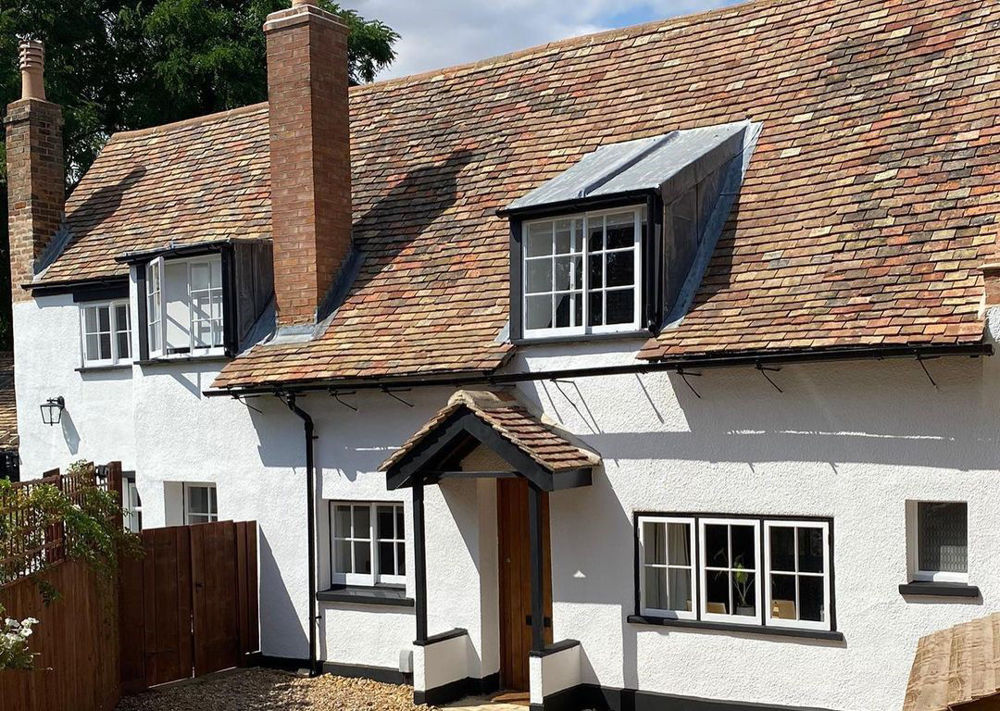
Frequently Asked Questions
Q. IS A TEXTURED FINISH RECOMMENDED FOR COASTAL OR RURAL AREAS?
A textured finish is often common in rural and coastal areas generally because these finishes are easier to repair if cracks and other imperfections arise. This is potentially where the misconception that textured masonry paints are more durable comes from.
If you want to help reduce the risk of your walls becoming weathered and help prevent paint failure, using Emperor Masonry Paint is ideal as this is designed for long-term durability even in harsh weather conditions with a 25 year proven performance and a lifetime guarantee. Why not read our full guide on what makes Emperor Masonry Paint so durable?
Q. WILL TEXTURED FINISHES GET DIRTY?
One of the most common problems homeowners can experience with textured finishes is that they have a tendency to gather dirt over-time. The small gaps between the texture can create a breeding ground for organic growth to attach and discolour the surface.
Many masonry paints won't prevent this, however you can regularly clean the surface to remove this dirt to restore the wall back to its former glory. Alternatively, Emperor Masonry Paint has self-cleaning properties that help reduce the risk of this discolouration, helping to keep textured finishes cleaner for longer.
Q. DO I NEED TO USE A TEXTURED MASONRY PAINT ON A TEXTURED WALL?
One of the biggest misconceptions we see is homeowners who think if they already have a textured wall, they need to use a textured masonry paint.
If you already have a textured wall, applying another textured finish will simply create another texture on top of that original finish. That is why the only reason you would use a textured masonry paint or textured basecoat is if you want to create a new texture either on a smooth surface or a textured surface that doesn't match the other areas of the wall. This will allow you to create a seamless finish over the full wall and prevent any patchiness.
We hope we have answered any questions you may have had regarding textured paint and how to apply them to exterior walls. If you have any other questions or would like advice, feel free to get in touch with our team of experts who are on hand to assist you. Contact them today by emailing info@emperorpaint.co.uk or calling them on 0161 509 9009.

